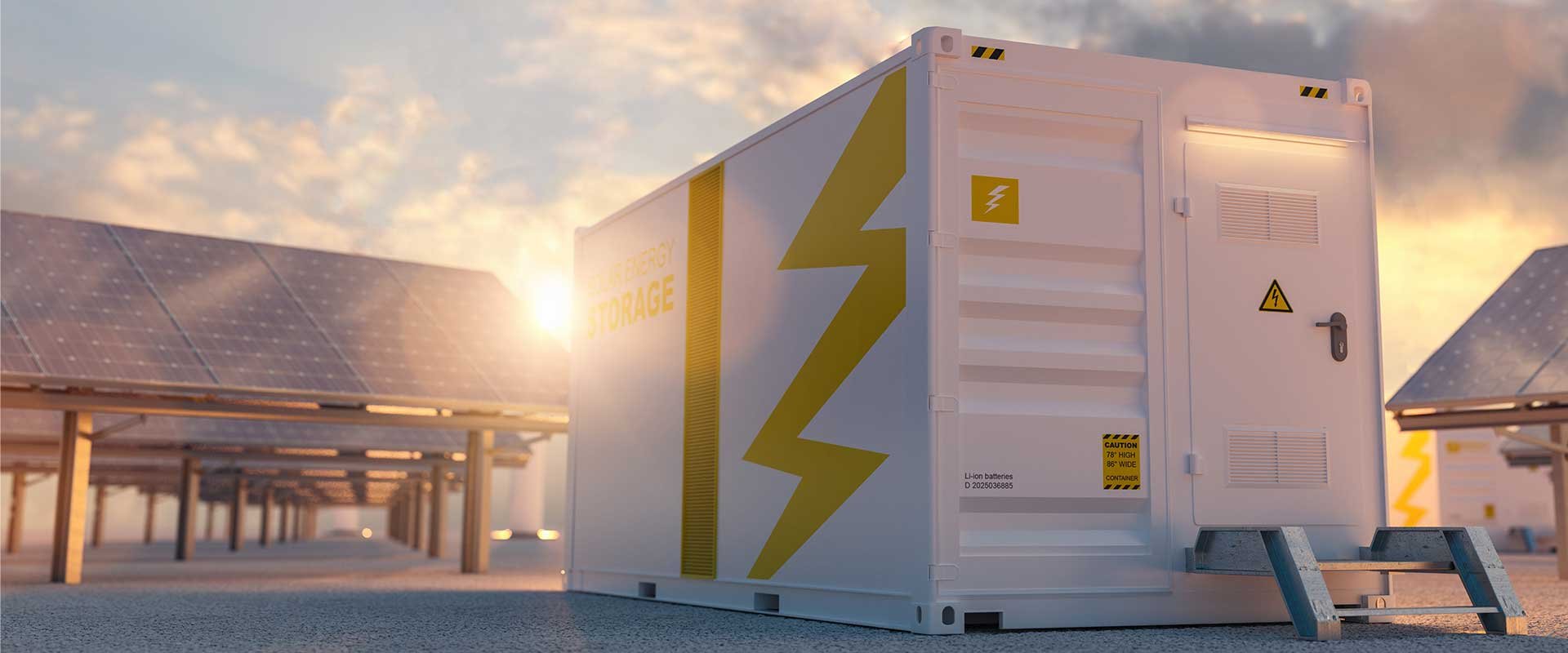Vanadium batteries in Australia
renewable energy

renewable energy
You’ve heard of lithium-ion and alkaline batteries, but vanadium redox flow batteries (VRFBs) are the new kid on the block, and they have a bright future. The emergence of vanadium battery technology is expected to revolutionise clean energy. Highly efficient, energy-dense, stable, and with long lifespans, VRFBs will help us move toward a cleaner and more sustainable energy future.
Vanadium is a relatively abundant metal mostly used in steel alloys, but it can also be used to make batteries with significant advantages over lithium and alkaline batteries. Chief among these advantages is the potential for greener energy storage. In the battery, vanadium is specifically used as the electrolyte, which is potentially infinitely recyclable, allowing it to last longer than lithium batteries.

Vanadium redox flow battery located at the University of New South Wales (Radiotrefoil, CC BY-SA 4.0, via Wikimedia Commons)
Australia is set to profit from the world’s expected future demand for vanadium, with access to some of the richest deposits in the world. Because of vanadium’s importance, the Australian Government has classified it as a critical mineral. Australia has not yet tapped into its vast vanadium deposits, but the Federal Government has plans in the works as part of its Critical Minerals Strategy, which will aim to boost exports of minerals and invest in and develop downstream refining and processing capabilities, potentially creating over 250,000 jobs.
By 2050, the production of low-carbon technologies will rely more on minerals. As one of the critical minerals, demand for Vanadium is projected to rise by 173% from 2017 to meet the requirements of 2050.

In June 2023, Australia’s first commercial-grade vanadium battery (and the first of its kind in the whole southern hemisphere) was completed, to be operational in August. The battery was developed by Yadlamalka Energy at Bunguma, South Australia, and is connected to a grid of solar panels. The battery will store close to 10 gigawatts of power per annum, charged by excess energy captured from the sun. The energy stored by the battery will power households at night when the grid is experiencing high demand, lasting for four hours instead of a lithium battery’s half an hour to two hours.
The development of Yadlamalka Energy’s vanadium battery is a promising step forward for Australia’s green energy ambitions, indicative of the nation’s potential to be leaders in the development of VRFBs.
For over 25 years, Brunel has worked with innovators and leaders from Australia's resource and power generation industries to deliver both small and large-scale projects. Speak with our renewable energy experts today and discover how Brunel can help meet your personnel and project needs.